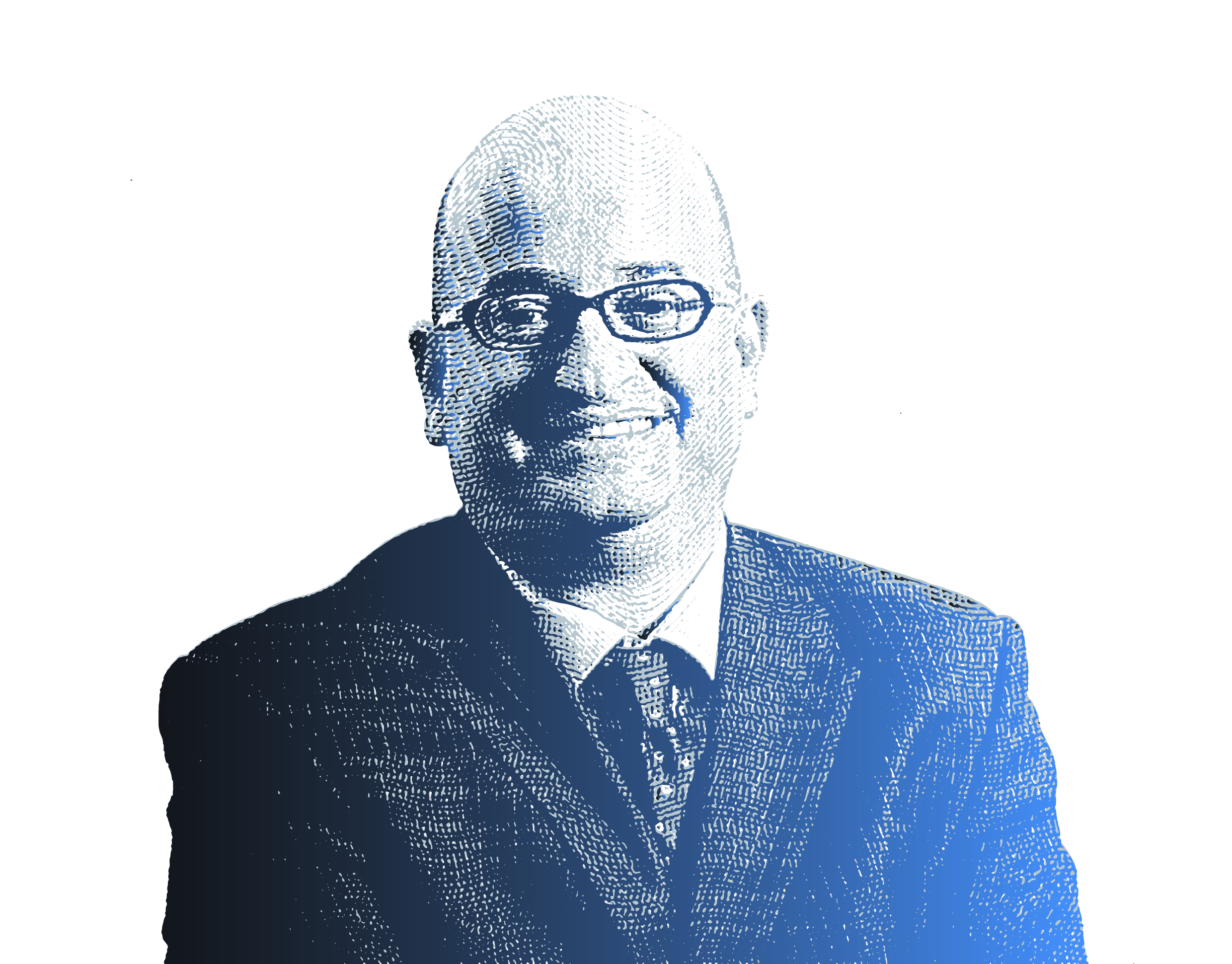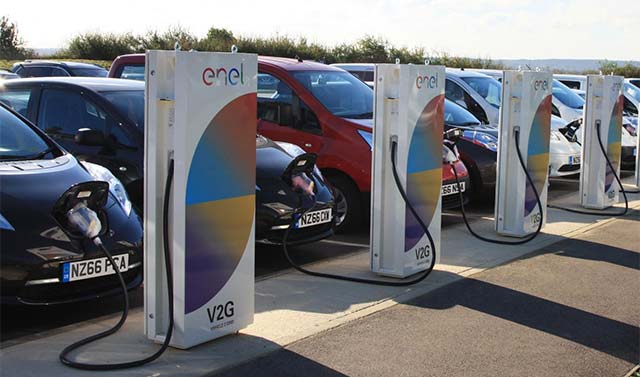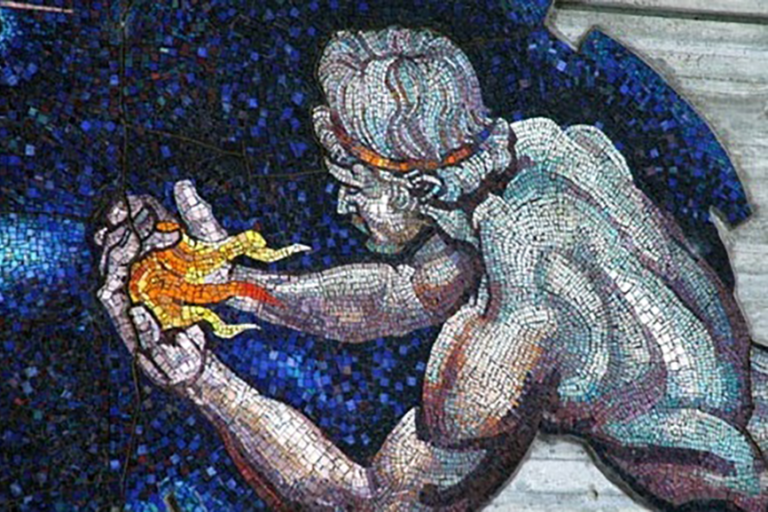
We are all consumers. Consumption is what our economies are built upon. At
the most basic level, A produces something and B buys it.
More and more, people ask me about prosumption. That is, A produces
something and B buys it, but B also produces something to sell back to A or
on to C.
This changes the economic paradigm. Consumers become producers and
vice versa, turning the law of the market in which supply and demand are
balanced upside down.
For example, electric vehicles (EVs) are today seen as a way to get fro
m A to B. But, looking down the road, they can become batteries that store and sell electricity back to the grid. Via ‘vehicle-to-grid’ (V2G) technology, EVs can power homes, offices and anything else, whenever we need it. V2G lets users pull from the grid if they want to go somewhere and push when they don’t.
 Power is increasingly produced from renewable sources, but they don’t
Power is increasingly produced from renewable sources, but they don’t
deliver as and when it is needed. Scaled up, V2G could supply grid-balancing inputs when demand rises. V2G also cuts the cost of EV ownership, as power companies pay to use your
battery when your car is parked, creating a virtuous cycle that could
generate a real revolution.
If you use your EV to store and sell energy, big producers could, one day, be
replaced by millions of individual prosumers. At Enel, we plan to produce and
consume, because the sum of both adds up to more than one![]()
Ernesto Ciorra, Head of Innovation and Sustainability, Enel









